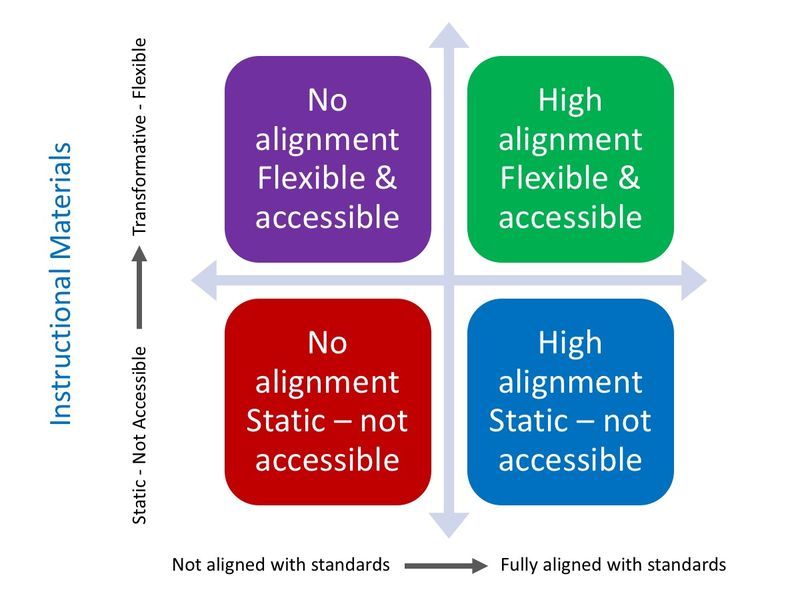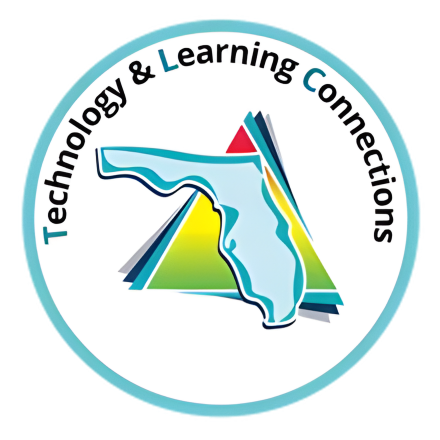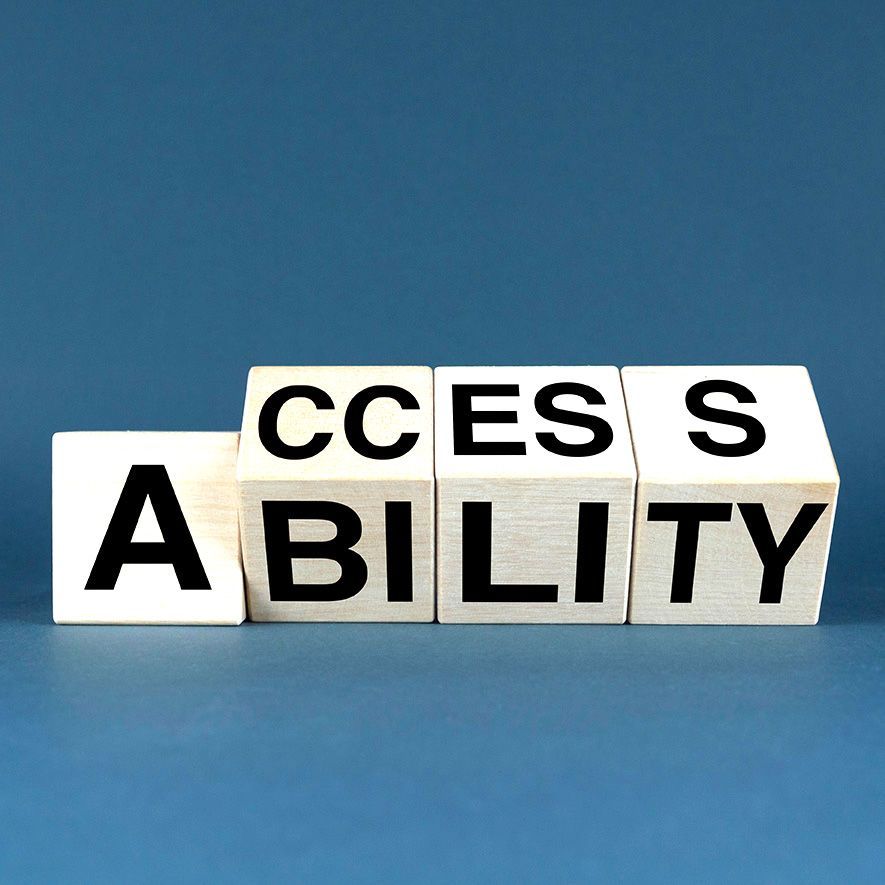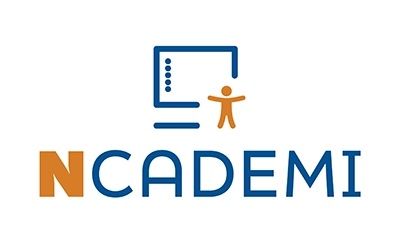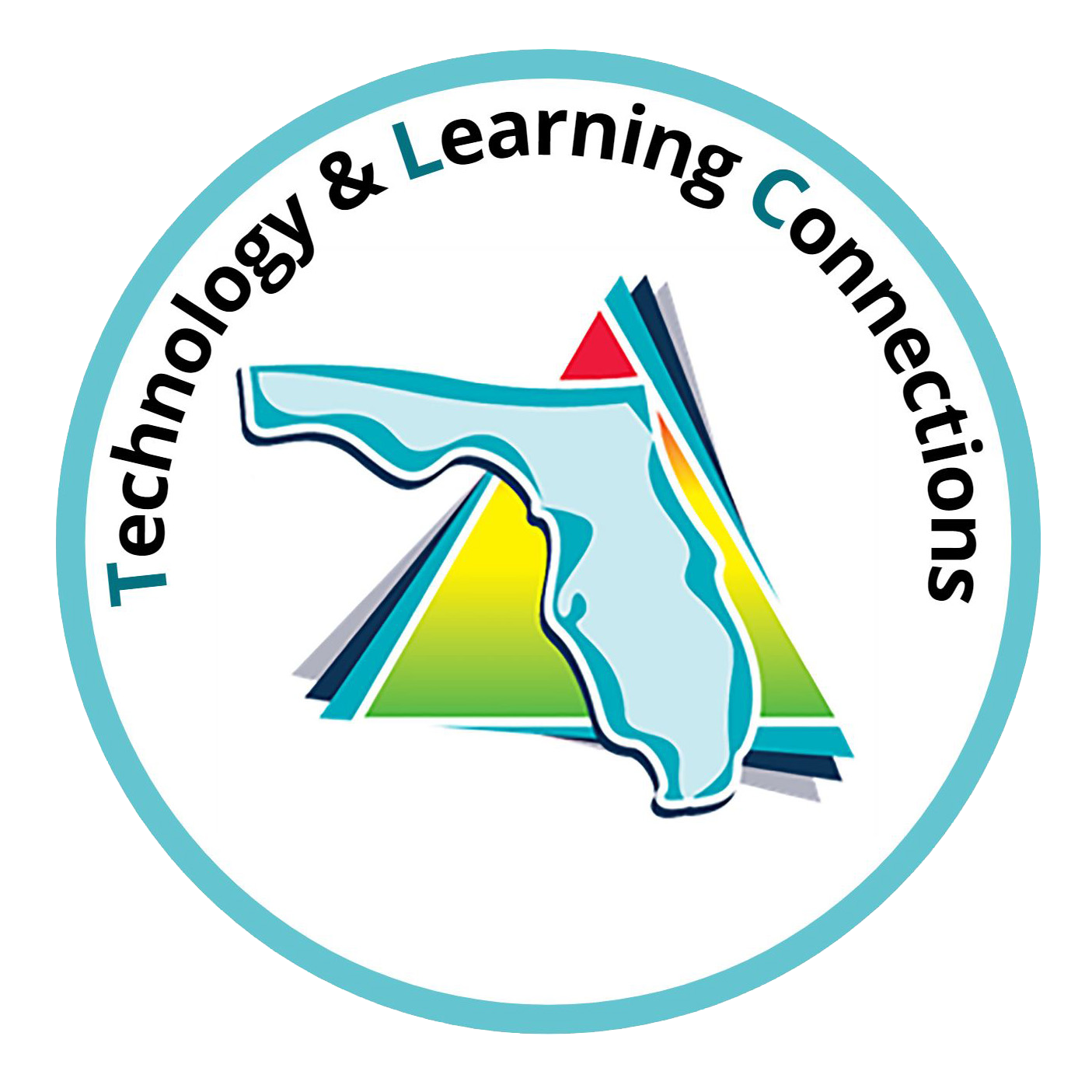Accessible Instructional Materials

Instructional materials are a critical component of classroom instruction and learning. These materials are used to:
- Present curriculum content to students.
- Engage students in the content.
- Clarify concepts and enhance instruction.
- Support progress monitoring.
When a student has problems fully accessing and utilizing the core and supplemental instructional materials; the results will be low academic performance, achievement gaps and related social/emotional problems. Schools must use instructional materials that are accessible and flexible to support the learning needs of all students.
IDEA requires that students with disabilities be provided accessible instructional materials in a timely manner.
Accessible instructional materials (or accessible educational materials) are instructional materials that have been formatted or adapted to meet the individual needs of students with disabilities. The definition of instructional materials in Florida includes hardback or softback textbooks, electronic content, consumables, learning laboratories, manipulatives, electronic media and computer courseware or software that serve as the basis for instruction for each student in the core courses of mathematics, language arts, social studies, science, reading and literature.
Accessibility Considerations
Content
- information
- language
- text complexity (may be determined by grade-level standards)
Structure
- flow of information
- layout
- amount of information (chunking)
Presentation
- print/digital print
- braille and use with a refreshable braille display
- audio
- graphics/symbolated text
- manipulatives
The World Wide Web Consortium (W3C) recommends four principles of accessibility as guidelines for ensure that all materials, and particularly digital materials are usable by individuals with disabilities. These principles are:
- Content must be perceivable by each user.
- User interface components in the content must be operable by each user.
- Content and controls must be understandable to each user.
- Content must be robust enough to work with current and future technologies (including assistive technologies).
For more information view the
Introduction to Understanding WCAG 2.0 provided by the
World Wide Web Consortium (W3C).
IDEA 2004 established the National Instructional Materials Accessibility Standard (NIMAS) and requires LEAs to provide accessible materials to students who qualify as being print disabled due to a visual, physical or organic based reading disability. Through this system core curriculum textbooks are available in specialized formats (Braille, audio, digital etext, large print). For more information in Florida visit NIMAS/Florida at https://www.fimcvi.org/.
Effective Instructional Materials
In order for instructional materials to be effective for any student, they must be accessible (perceivable, operable, understandable, robust) and must be aligned with the Florida B.E.S.T. Standards.
